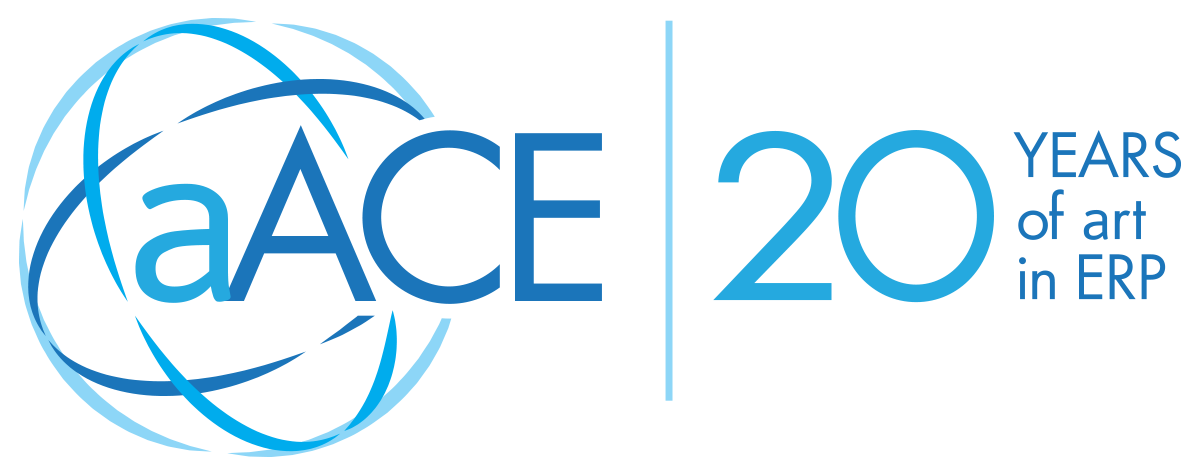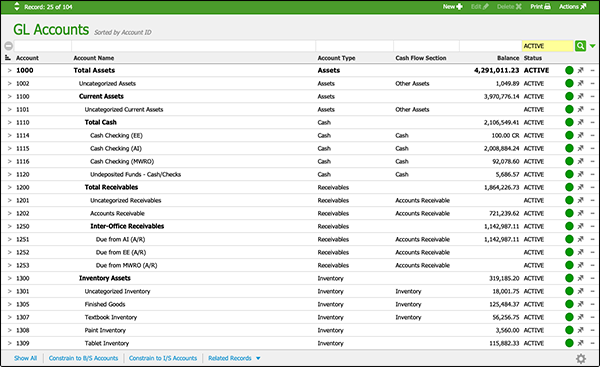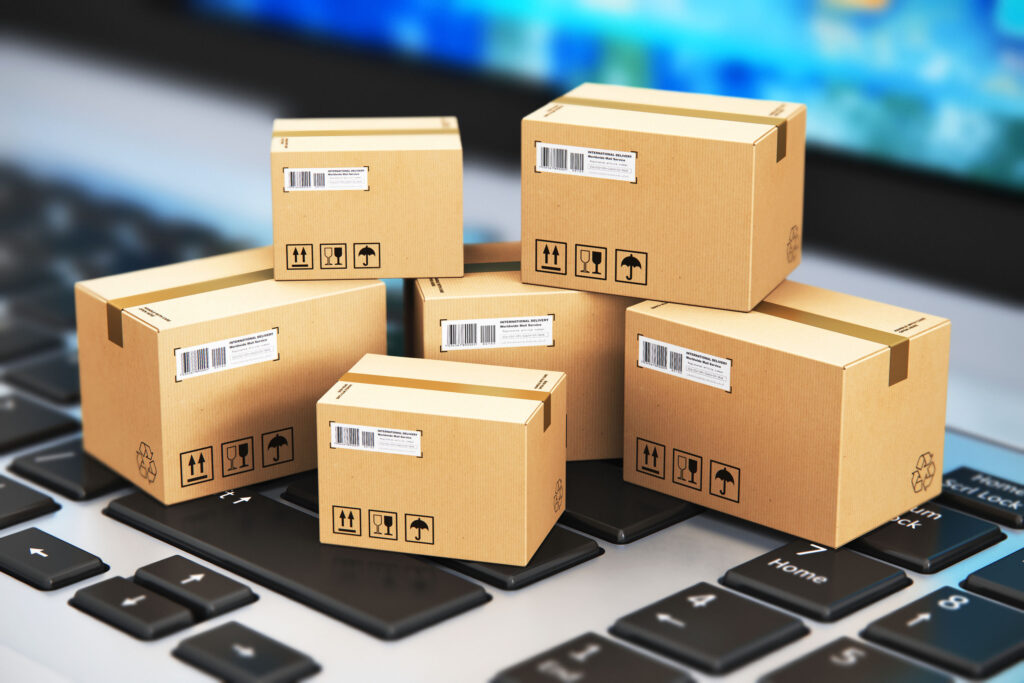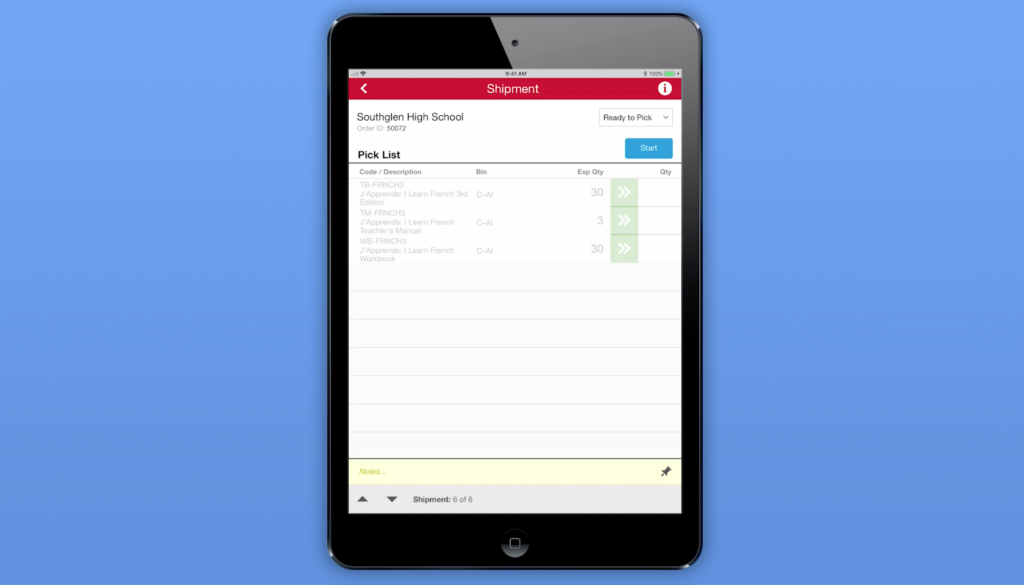4 Tips that Amp the ROI from Your CRM Data
Some business people might describe a CRM system as high-risk, high-reward. And it's true that without careful attention, the investment into customer relationship management software might get lost. When you manage the tool and the data right though, even a small or mid-sized business can get unparalleled benefits.
In his excellent article on Entrepreneur.com, Jonathan Herrick gives a handful of warnings you can use to make sure you're doing things right. Focusing attention on the pain-points first, he explains that the one thing worse than misusing CRM info is not using it at all. That said, it's also clear that misusing the data is no picnic. Poor CRM usage can aggravate things for a business owner who feels like she's steering a ship in the dark; an executive who feels frustrated because everyone is busy, but nothing is getting done; or any decision-maker who feels debilitated by missing and incomplete data.
Leveraging your CRM starts with these four best practices, the reverse of Herrick's trouble-spots:
1. Concentrate on the Right Data
CRM systems today can be fully integrated with ERP and accounting tools, capturing a goldmine of details. But the computer isn't able yet to tell a dirt clod from a gold nugget. It's up to you to focus the system, processes, and personnel on the valuable information. Whether you've found the most benefit from direct mail, phone calls, social media, or mass email, your CRM efforts should prioritize that contact info. In other words, don't worry about the data you don't use. And definitely don't bother your customers with entering data that won't benefit anyone.
2. Measure the Right Performance
Related to the first tip, this one puts you on notice against high numbers that don't equate to high sales. With your company website or eCommerce store, you might find that tracking the increasing number of visitors is a feel-good – but that end of the pipeline doesn't provide much to help you with making decisions. Instead, work backward from the customers who cross the finish line, looking for patterns in their progress. Those recurring details are the metrics that matter most. Ensure that info gets to the right people in your organization and keep those numbers front and center, checking every campaign and initiative against this vital market feedback.
3. Bring Order to the Chaos
The CRM system you use will only be as helpful as your team's efforts make it. Automation is a great time-saver, but people are still needed for recording the crucial info. Yes, a lead called at this time on this day — what was the conversation about? Getting the team into the habit of carefully noting what happens with contacts, prospects, and clients may take planning and patience. When they understand how personalizing interactions can help with profitability, getting these processes in place can become easier. Analyze, educate, and encourage the work that will keep your CRM data valuable.
4. Put the Data to Work
Once you have organized, valuable information, you're half-way there. The next stage is to align the business processes to the picture of market reality your data shows. In a sense, each click and phone number is feedback for you, but your team has to act on it. This might start with internal changes, re-directing attention where it's most useful for the pipeline, but it will expand to boost your relationships, connections, and sales. It can even show you new opportunities where your team can thrive.
Having CRM software won't make all the difference. Having good data won't either. But having these pieces in place for your team to take advantage of might surprise you.
aACE 5 is designed to facilitate the business approach suggested in Herrick's article. It's a comprehensive yet cost-effective, cross-platform system that is customizable and provides apps for mobile users. Sculpted according to feedback from various professional services, wholesale distribution, and light manufacturing clients, this software is designed to accelerate your business growth. If you're looking to upgrade a CRM system, asking some questions about aACE 5 can help you get the best ROI. Learn more today.
"aACE has a comprehensive customer relationship management section that leads into prospective customers becoming real customers. From that point, you can take an order from start to finish by capturing deadlines, resources and material costs spent on a project, as well as extensive accounting functions." ~ Lili Hall, President, KNOCK Inc










